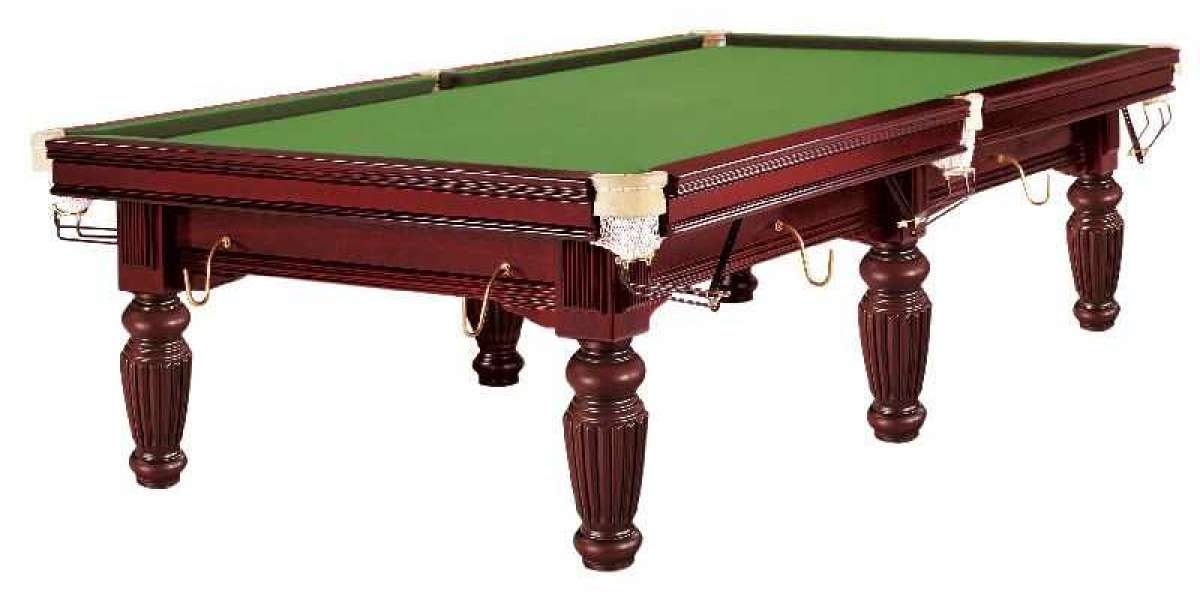Discover the Magic of 2835 LED Lights: Unveiling Their Incredible Features and Versatile Applications!
In the ever-evolving world of lighting technology, 2835 LED lights have emerged as a popular choice for both residential and commercial applications. But what exactly are 2835 LED lights, and why have they gained such recognition? These lights are a type of surface-mount device (SMD) LEDs, designed for high efficiency and versatility. As the demand for energy-efficient lighting solutions continues to grow, the significance of LED technology becomes increasingly apparent. 2835 LEDs stand out due to their compact size and remarkable performance, making them ideal for a wide range of uses. In this article, we will explore the features, specifications, and applications of 2835 LED lights, providing a comprehensive understanding of why they might be the perfect solution for your lighting needs.

Understanding 2835 LED Lights
To truly appreciate the capabilities of 2835 LED lights, it’s essential to understand their design and structure. The name "2835" refers to the dimensions of the LED chip itself, which measures 2.8mm by 3.5mm. This compact size allows for a high density of LEDs in a given space, which is one of the reasons these lights deliver exceptional brightness. In terms of specifications, 2835 LEDs typically offer a luminous efficacy of around 100-120 lumens per watt, making them highly efficient in converting electrical energy into visible light. Furthermore, their power consumption is relatively low, often ranging from 0.2 to 0.5 watts per LED, which contributes to lower electricity bills and reduced environmental impact. Compared to other LED types, such as 3528 and 5050, the 2835 LEDs provide a brighter output without consuming significantly more power, showcasing their advanced engineering and design.
Key Features of 2835 LED Lights
One of the most compelling reasons to consider 2835 LED lights is their impressive features. For starters, they are incredibly bright, making them suitable for a variety of applications that require high visibility. Additionally, their energy efficiency means that users can enjoy significant savings on energy costs compared to traditional lighting options. Another notable feature is their excellent heat dissipation. 2835 LEDs are designed to manage heat effectively, which not only enhances their lifespan—often exceeding 30,000 hours—but also ensures consistent performance over time. Many of my friends have transitioned to using 2835 LEDs in their homes and have remarked on the difference in both brightness and energy savings. These attributes make 2835 LEDs a reliable choice for anyone looking to upgrade their lighting solutions.
Applications of 2835 LED Lights
The versatility of 2835 LED lights is one of their most appealing characteristics. They can be found in a wide range of applications across different industries. In residential settings, they are often used for ambient lighting, task lighting, and accent lighting. Many homeowners are opting for 2835 LEDs in their kitchen and living rooms to create a warm, inviting atmosphere. In commercial environments, these lights are ideal for retail displays, offices, and warehouses, where bright, efficient lighting is crucial for both safety and aesthetic appeal. Automotive lighting is another area where 2835 LEDs excel, providing clear illumination for headlights and interior lighting. Lastly, their aesthetic qualities make them perfect for decorative purposes such as holiday lighting and event decorations, where flexible installation options are desired.
Comparative Analysis with Other LED Types
When comparing 2835 LED lights to other common LED types like 3528 and 5050, several factors come into play. The 3528 LEDs are smaller and less bright, typically offering around 60-80 lumens per watt, making them suitable for low-light applications. In contrast, 5050 LEDs are larger and can produce more light, but they also consume more power, making them less efficient. The 2835 LED strikes a balance between these two types, offering higher brightness than 3528 while maintaining lower energy consumption than 5050. This efficiency makes 2835 LEDs particularly attractive for both commercial and residential use. However, it’s also essential to consider the specific needs of your application; while 2835 LEDs may be superior in many aspects, there are scenarios where other LED types might be more suitable.
Final Thoughts on 2835 LED Technology
In conclusion, 2835 LED lights represent a remarkable advancement in lighting technology, combining efficiency, brightness, and versatility. Their compact design and impressive features make them suitable for a myriad of applications, from residential to commercial and beyond. As energy costs continue to rise and the demand for sustainable solutions grows, considering 2835 LED lights for your next project could be a decision that pays off significantly in the long run. Whether you're looking to enhance your home lighting or upgrade your business environment, 2835 LEDs provide an excellent choice that meets diverse needs and preferences.








